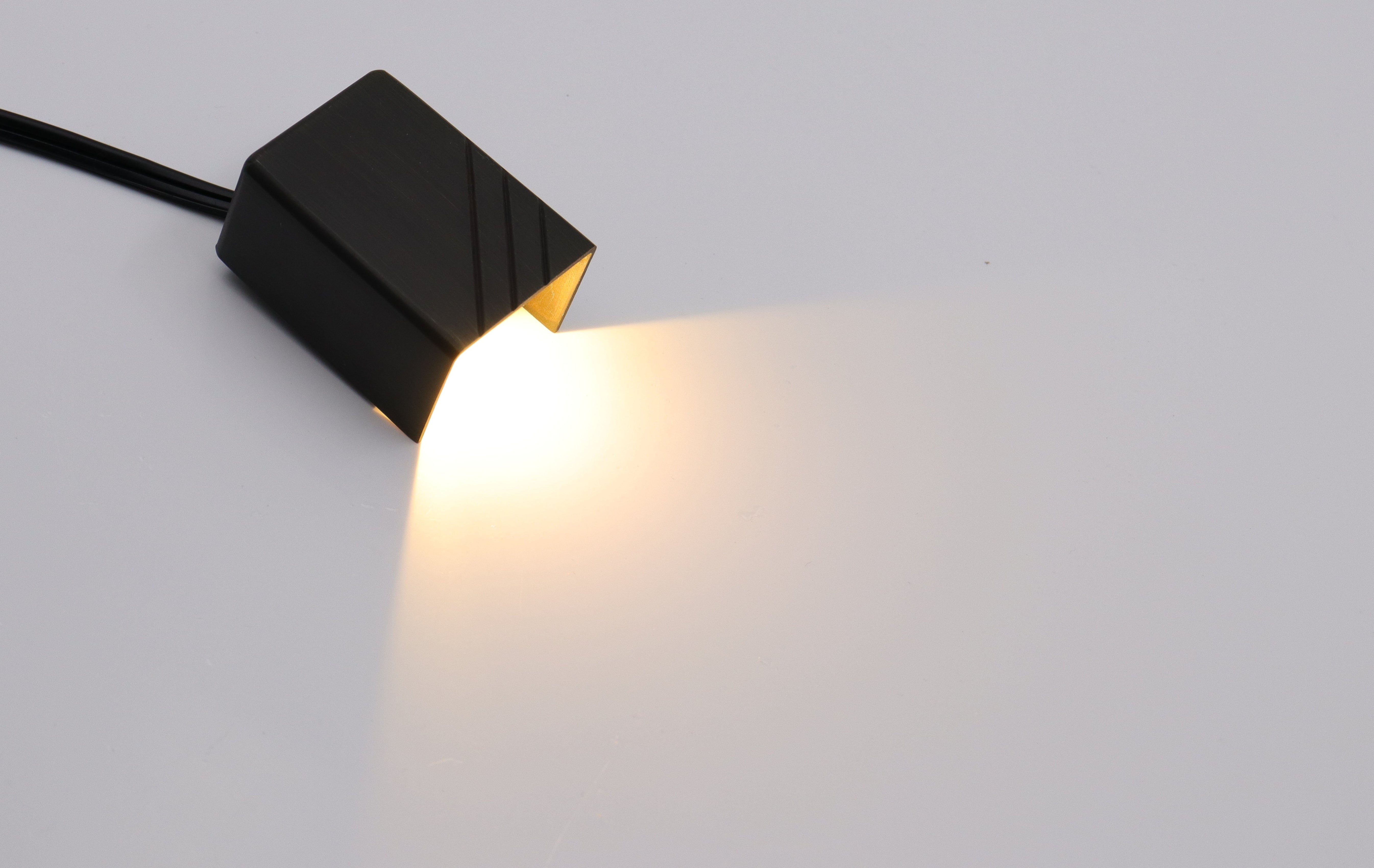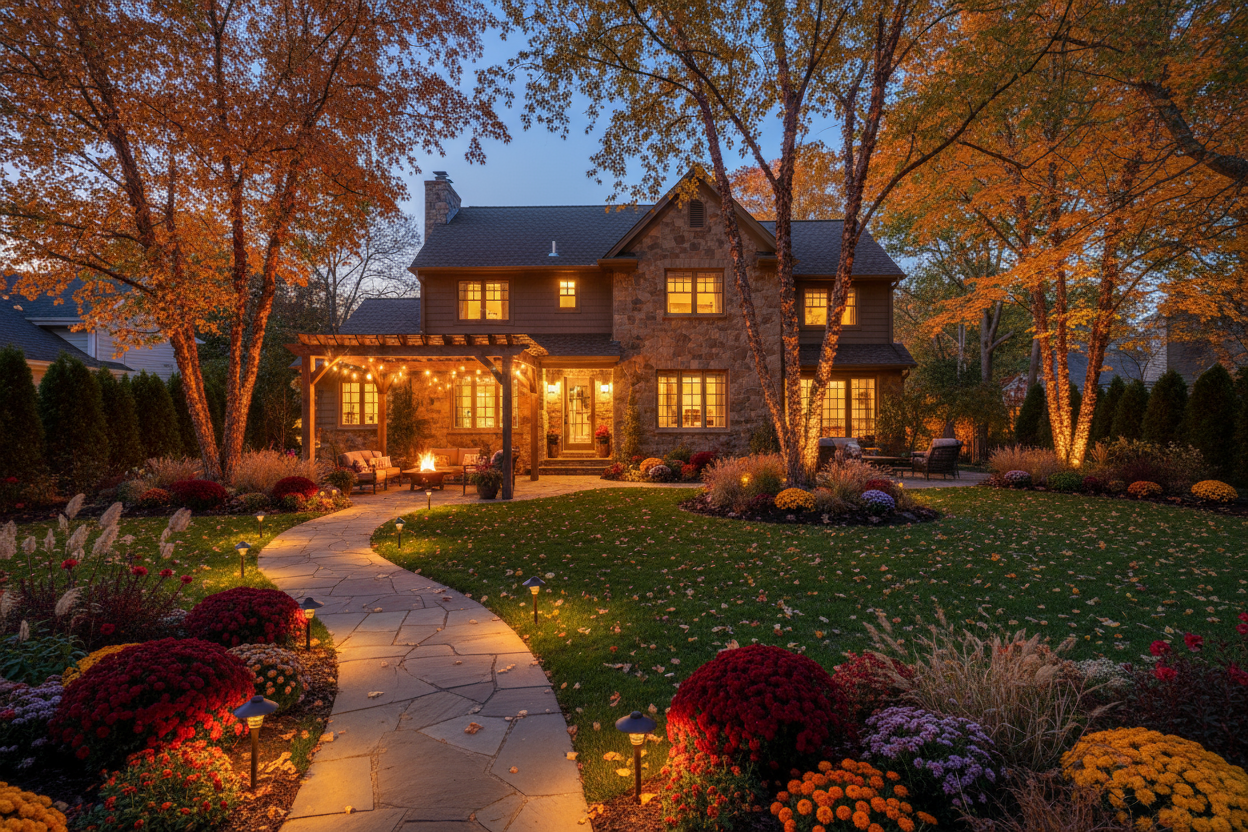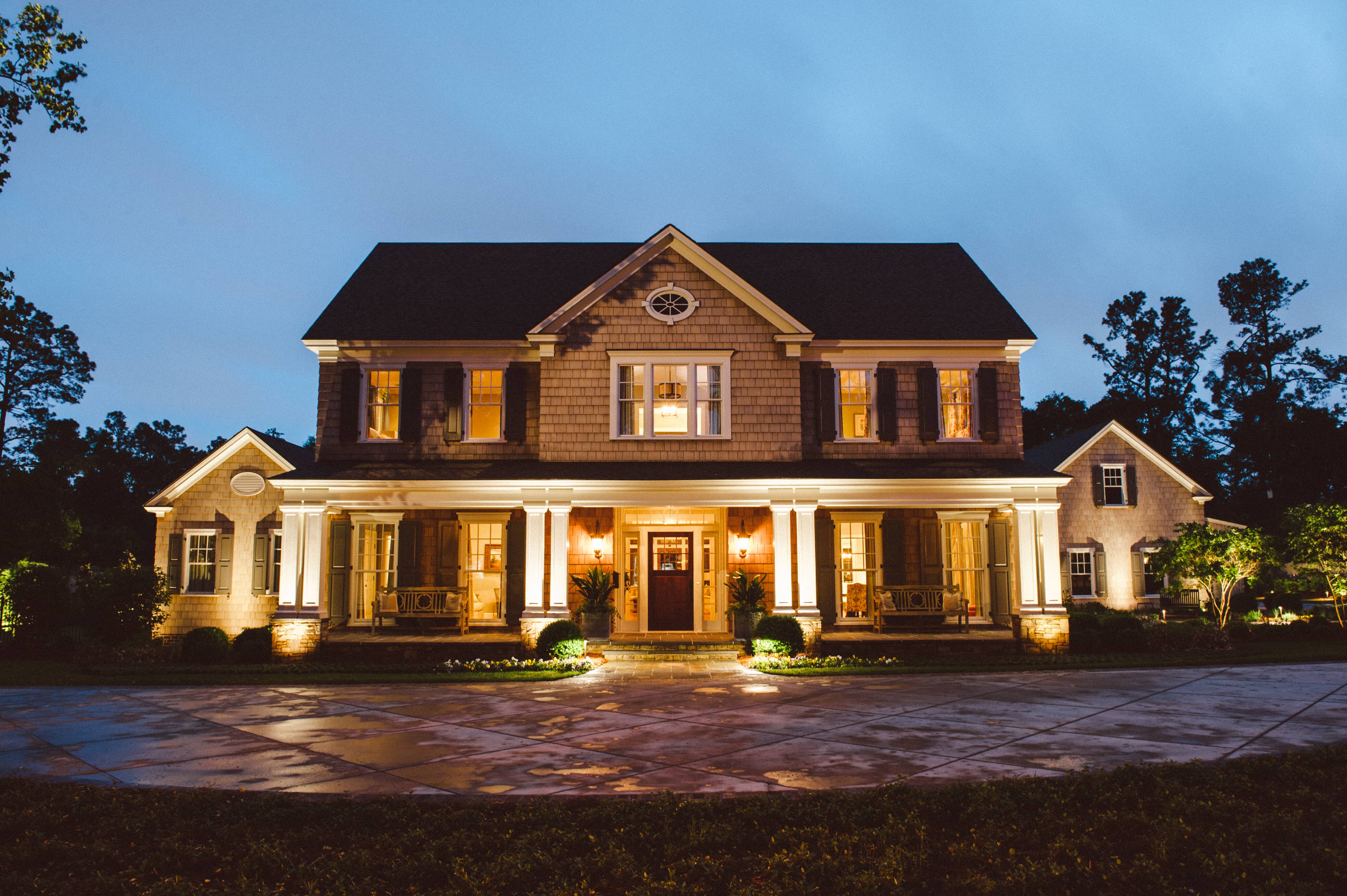As autumn arrives, days grow shorter, temperatures cool, and shadows creep earlier into your outdoor spaces. For homeowners who care about safety, aesthetics, and energy efficiency, this seasonal shift offers a compelling opportunity: fall is the ideal time to upgrade your outdoor path lights. In this article, we'll explore the why, when, and how—backed by data, lighting theory, and practical guidance.
1. Shorter Days Expose Lighting Weaknesses
During summer, long daylight hours often hide poor illumination or outdated fixtures. But by October, the sun sets earlier—daylight drops from roughly 15 hours to just 11 hours in many U.S. regions. Those extra dark hours reveal dim or uneven lighting that can pose tripping hazards and diminish your home’s nighttime appeal.
Upgrading in fall lets you identify these problem areas clearly and correct them before the darker winter months arrive.
2. Ideal Weather and Easier Installation
Fall provides the perfect working conditions for lighting upgrades. The ground is still soft enough to run low-voltage wires, temperatures are comfortable, and foliage is thinner—making it easier to reach pathways and planting beds. Installers can complete wiring and fixture placement efficiently, without dealing with frozen soil or summer heat.
Completing your project now means your landscape lighting system will be ready for safe and beautiful winter evenings.

3. Safety and Visibility During Longer Nights
As darkness arrives earlier, safety becomes a serious concern. Wet leaves, frost, and uneven ground all increase the risk of slips and falls. Well-placed path lights improve visibility for family members, guests, and delivery drivers.
According to the U.S. Consumer Product Safety Commission, more than 1 million fall-related injuries occur outdoors annually, often due to poor lighting. A properly designed path lighting layout significantly reduces these risks while enhancing curb appeal.
4. Energy Efficiency and Long-Term Savings
Modern low voltage outdoor lighting offers substantial energy savings compared to older systems. LED path lights consume up to 80% less power than halogen fixtures and last 10–20 times longer.
High-quality LED bulbs with a lifespan of 20,000–50,000 hours can operate for years without maintenance. Upgrading in fall allows you to benefit from reduced energy costs right away—especially as evening usage increases in the coming months.
5. Enhancing Curb Appeal and Atmosphere
Fall is a season rich in color and texture. Warm white lighting (around 2700K) beautifully complements autumn leaves, stone walkways, and garden borders. Upgraded brass or aluminum fixtures not only look elegant by day but cast a cozy, welcoming glow at night.
According to RealEstate.com, homes with professional outdoor lighting can see a 12% increase in perceived value—making lighting upgrades both functional and financially rewarding.
6. Perfect Timing for Landscape Maintenance
Many homeowners already perform garden cleanup and pruning in fall. This makes it an ideal moment to evaluate lighting layout and fixture placement. With plants trimmed back or dormant, it’s easier to visualize lighting angles, reduce glare, and optimize beam coverage.
If you’re adjusting irrigation or planting beds, combining those projects with a lighting upgrade saves time and avoids re-digging trenches later.
7. Prepping for the Holiday and Winter Season
Installing or upgrading path lights in fall ensures your system is tested, tuned, and reliable before winter storms or holiday gatherings. You’ll have clear, well-lit paths for guests, safer driveways for deliveries, and a professional base for any seasonal decorations you may add later.
A proactive fall upgrade prevents last-minute stress and ensures your yard looks inviting all season long.

8. Practical Tips for a Smarter Upgrade
To get the best performance from your fall lighting project, follow these expert guidelines:
- Choose low-voltage (12V) LED fixtures for efficiency and safety.
- Use warm color temperatures (2700K–3000K) to complement natural surroundings.
- Size wiring correctly to minimize voltage drop and maintain even brightness.
- Test your setup at night to check beam overlap and eliminate dark spots.
- Include timers or photo sensors for automated operation and energy savings.
A thoughtful installation plan ensures your outdoor lighting performs perfectly through every season.
Conclusion
Fall is not just a beautiful season—it’s the smartest time to invest in outdoor path lighting upgrades. The shorter days highlight weak spots, cooler weather simplifies installation, and modern low-voltage LED systems bring safety, style, and savings.
By upgrading now, you ensure your property remains safe, efficient, and visually stunning throughout the darker months ahead. Don’t wait until winter—plan your path lighting upgrade this fall and enjoy a home that shines brighter, longer, and smarter.






Leave a comment
All comments are moderated before being published.
This site is protected by hCaptcha and the hCaptcha Privacy Policy and Terms of Service apply.